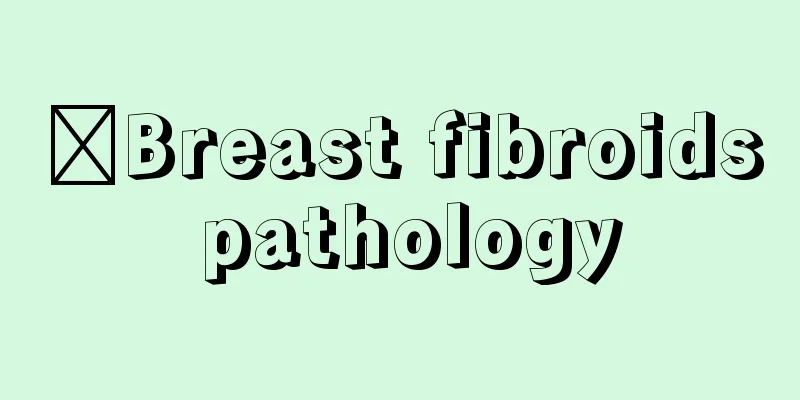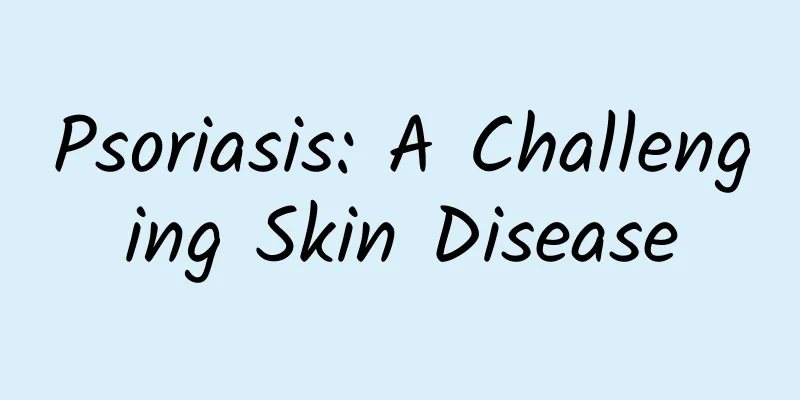Breast fibroids pathology

|
Speaking of breast fibroids, it is a disease that many people don't know much about. There are many causes of this type of disease. Once this type of disease is discovered, it must be treated in time. Many patients do not take treatment after discovering that they have this disease, which can easily aggravate the condition and pose a threat to life. So what is the pathology of breast fibroids? There are also many aspects. The following is a detailed introduction. Breast fibroids pathology: 1. Breast fibroids are generally round or oval in shape, with a diameter of less than 3 cm, a smooth surface, nodular shape, clear boundaries, tough and elastic texture, and appear to have a capsule, but in fact have no real capsule. The cross-section of the tumor is generally grayish white, similar to normal breast tissue. When the tumor contains more epithelial components, its cross-section is slightly brown-red. The cross-section of intratubular (tubular) and lobulated adenofibromas often has a myxoid luster and fissures of varying sizes. The cross-section of the peritubular adenofibroma is granular. Small cysts are common in the cross-section of cystic adenofibromas. 2. Microscopic observation divides the tumor into five types based on the relationship between the fibrous tissue and glandular duct structure in the tumor. (1) Tubular type (intraductal type) - mainly a tumor formed by the proliferation of connective tissue under the glandular duct epithelium. At the onset of the disease, the fibrous tissue under the duct and alveolar epithelium proliferates and thickens, gradually protrudes into the milk duct, then squeezes the duct lumen, and gradually evolves, eventually becoming a tumor. This type of lesion is extensive and can affect one or several milk duct systems. In addition to the milk ducts and glandular ducts, the affected tissues also include proliferation of subepithelial smooth muscle tissue, but without elastic fibers, and myxoid changes are often present in the interstitium. (2) Peritubular type: Adenofibroma is mainly characterized by the proliferation of peritubular connective tissue outside the elastic fiber layer surrounding the glandular ducts. Elastic fibers also participate in tumor formation, but there is no smooth muscle and no myxoid degeneration. The mammary lobule structure partially or completely disappears, and the glandular ducts are diffusely scattered. The proliferating fibrous tissue surrounds and squeezes the glandular duct, giving it a glandular shape. The fibrous tissue is dense, often showing collagenous or hyaline degeneration, or even calcification, cartilage or ossification. Through understanding the pathology of breast fibroids, patients must also actively cooperate when treating this type of disease. This type of disease takes a long time to treat, and special treatment methods need to be selected during the treatment process. Therefore, patients must also actively cooperate, which will help stabilize the disease. This is also something to note. |
<<: What should I do if my girlfriend gets pregnant unexpectedly?
>>: Breast enlargement secret massage technique
Recommend
National Cancer Prevention and Treatment Publicity Week | Li Yanqing: Pay attention to colorectal cancer prevention and control to achieve early screening, early diagnosis and early treatment
Editor's Note: April 15-21, 2024 is the 30th ...
Stomach pain during menstruation
Stomach pain during menstruation is also a common...
【Medical Science】Understand "Various Radiology Examinations" in Seconds
The development of contemporary society has indee...
How to eliminate moisture during pregnancy
I believe everyone is familiar with dampness. Man...
How many days is normal for women's menstruation
Many women don’t know much about their menstrual ...
How long do the two bars last during ovulation?
During the ovulation period, an early pregnancy t...
There are four "aging modes" for people. Which one are you in? If you want to delay aging, the methods are...
How do people age differently? Some people may st...
Canalys: Apple's smartphone shipments accounted for 22% of the global total in Q4 2021
According to the official WeChat account of Canal...
Leucorrhea like pus
If you unconsciously find that your leucorrhea is...
What should girls do if they are afraid of cold?
When girls are afraid of cold, it may be due to q...
Why do women have menstruation? Why do women have menstruation?
Many women are troubled by their menstruation bec...
What to do if breast hyperplasia causes severe pain
Pain is the main clinical manifestation of breast...
How should women drink health tea?
Tea has been loved by people since ancient times,...
How to treat small follicles?
If the follicles are too small, it will affect wo...
Can pregnant women use facial cleanser to wash their faces?
Many pregnant women are very strict about their l...









